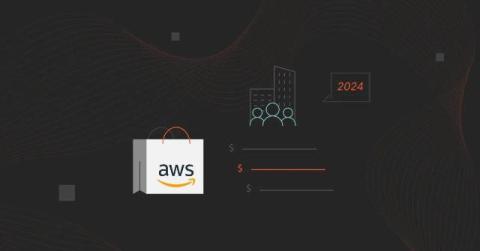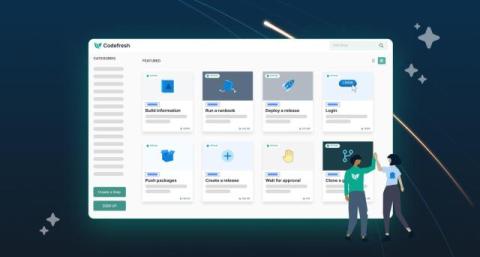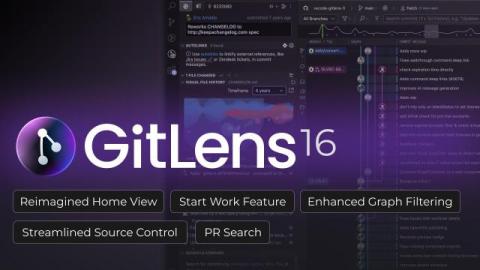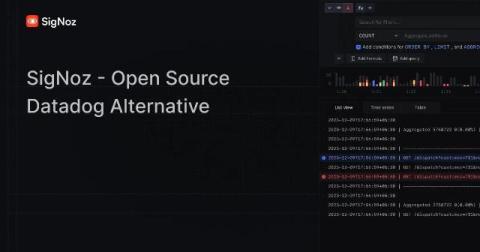Artificial intelligence has revolutionized the way we interact with technology, and tools like ChatGPT have taken user engagement to the next level. Developed by OpenAI, ChatGPT is a language model capable of generating human-like text responses, making it ideal for chatbots, virtual assistants, content creation, and more. If you're looking to integrate ChatGPT into your app, this guide provides a comprehensive overview of the process, from understanding its capabilities to best practices for implementation.











